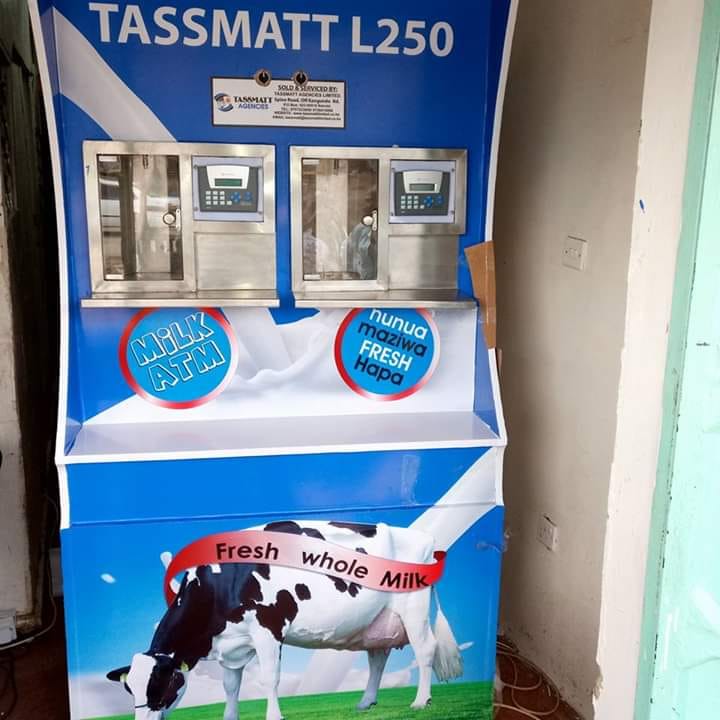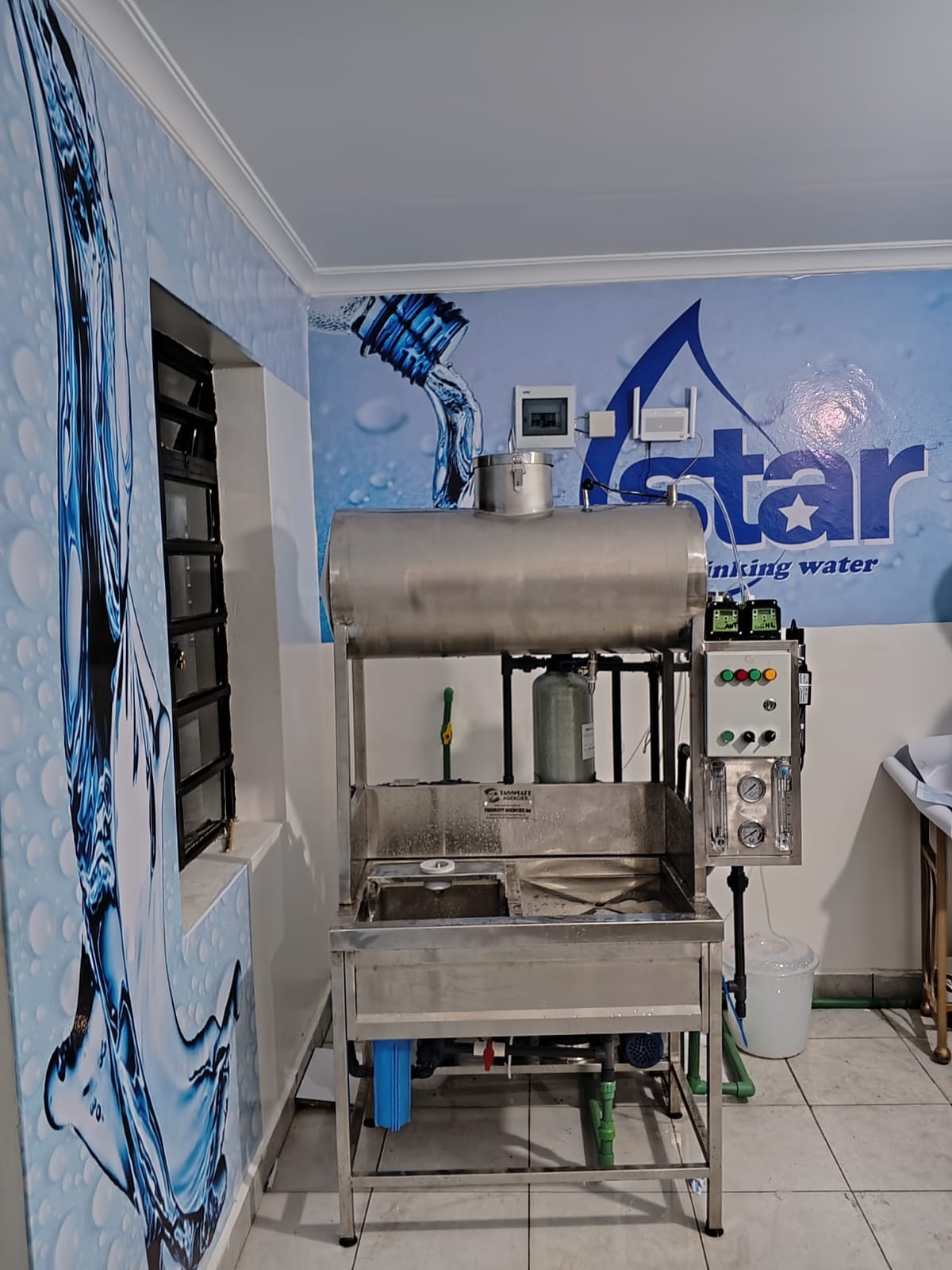Since the beginning of this year, cooking oil has become a luxury for many broke and struggling Kenyans as the price of the commodity continues to go up as a result of a rally in edible oil cost globally.
March has been a hard month for the citizens of East Africa as the cost of living soared, leaving the poor staring at destitution and businesses reeling.
While the situation has been largely blamed on external factors such as Russia’s invasion of Ukraine last month and the subsequent disruption of the global supply chain, citizens have been petitioning their governments to urgently find measures to cushion them.
Customers now opt for salad oil that comes in barrels and is sub-divided into smaller quantities via salad oil atm in many shops. The customers carry their containers for the quarter, half, a full litre of cooking oil they wish to buy.
But even this is no longer affordable for many given most shops at the moment sell a litre of the salad oil at Sh200 averagely from Sh150 it used to be according to Tassmatt Agency.
Most hit with the prices are those who run businesses that need much of this oil such as potato chips, fish frying, mandazi, bajia and samosa among others.
However, creating a fortune out of this hike and helping some of these businesses continue running at lower cost by giving an equal alternative. Some innovative businessmen like Julius Mwaura of Tassmatt have come up with idea of manufacturing salad oil dispenser machines in Kenya and selling them to customers who then use them to dispense salad oil to consumers
Russia-Ukraine war
The external factors on the other hand are the ongoing Russia-Ukraine war, which puts pressure on the local sunflower oil, freight costs that have since the start of the Covid-19 pandemic gone up by over 200 percent and the current international crude oil prices.
Ukraine and Russia are the top sources of sunflower oil in the world, with the former accounting for 46 percent of the exports while the latter accounts for 23 percent.
We need to think seriously as an agrarian nation, why we could not fulfil our own requirement when our major population is still agriculture-based, why farmers are reluctant. Why no actions from state and central government in last so many years.
Prices of crude palm oil
Prices of crude palm oil have jumped by 33 percent due to the Ukrainian crisis, as sector players initiate efforts to urge the government to contain a further rise in cooking oils.
Manufacturers of cooking oil are now buying palm oil, the main raw material at between $1760 (Sh200,534) per metric tonne and $1980 (Sh225,522) after the escalation of Ukraine-Russia conflicts last month.
Before the conflict, the commodity retailed at $1490 (Sh168,578) per tonne, having more than doubled from $700 per tonne before the onset of the pandemic in March 2020.
The price jump driven by the pandemic was attributed to export restrictions by Indonesia.
Locally, Covid-related factors had already caused a jump in the price of a 20-litre Jerrycan from Sh2,200 to Sh4,500 in under two years. After the invasion, the price shot up to Sh5,100 in under a week,” said edible oils subsector chairman, Abdulghani Alwojih.
“This rise is set to have an upward ripple effect in the prices of basic commodities and food businesses.”
Now it costs twice as much to buy a litre of cooking oil compared to petrol, and a fresh round of increases will hurt consumers.
Firms say the price rise led to a surge in demand for solid fat which is cheaper than liquid oils.
They are calling for the scrapping of the 3 percent railway development levy (RDL) and import declaration fee (IDF), to cushion consumers from further strain in their budgets and prevent a rise in repackaged food such as bread and food at eateries.
“To cushion Kenyans from the full brunt of the price hike, sector players have agreed and taken a raft of urgent measures, including selling at cost,” added Mr Alwojih.
“There is still much that can be done especially from the government, for instance, by scrapping the 3 percent RDL and IDF; review the cost of fuel and electricity among other possible interventions.”
Kenya is a large importer of vegetable oils such as sunflower oils, soybean, corn oil and commonly used crude palm oil mainly from Malaysia and Indonesia, which produce more than 90 percent of global supplies.
Cooking oil is also bought in bulk for industrial use in the making of detergents and food stuffs such as bread.
Weak production over the last six months in Malaysia due to labour shortages coupled with flooding has seen Kenya depend on the Indonesia’s palm oil.
Soybean oil supplies have been affected by the two-year drought in Argentina and Brazil due to La Nina.
Ukraine, which accounts for 76 percent of global sunflower oil exports has cut its supplies.
The disruption of alternative oil supplies – sunflower and soybean oil has fuelled a rally on palm oil form Indonesia.
As result, Indonesia is enforcing a 20 percent retention of all planned oil exports to be sold in the domestic markets to control their prices, affecting import volumes to Kenya.






